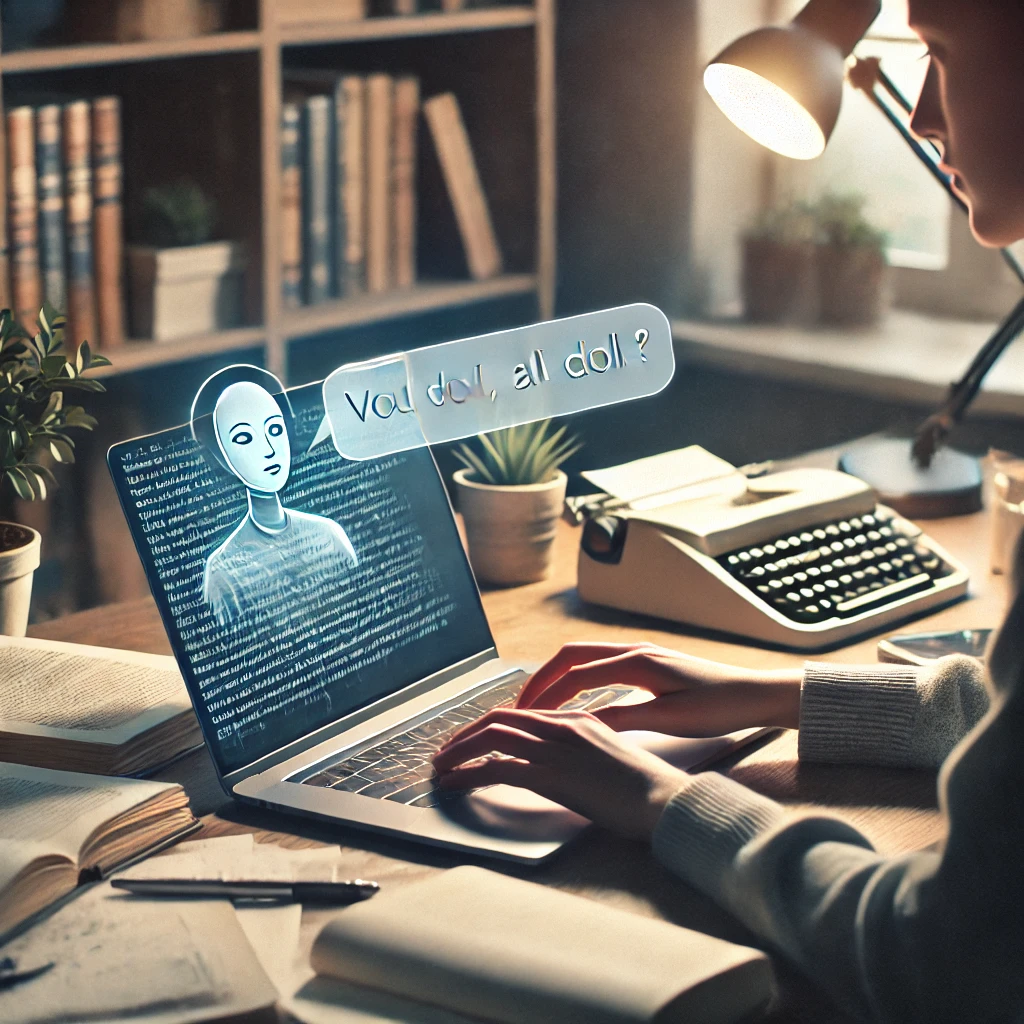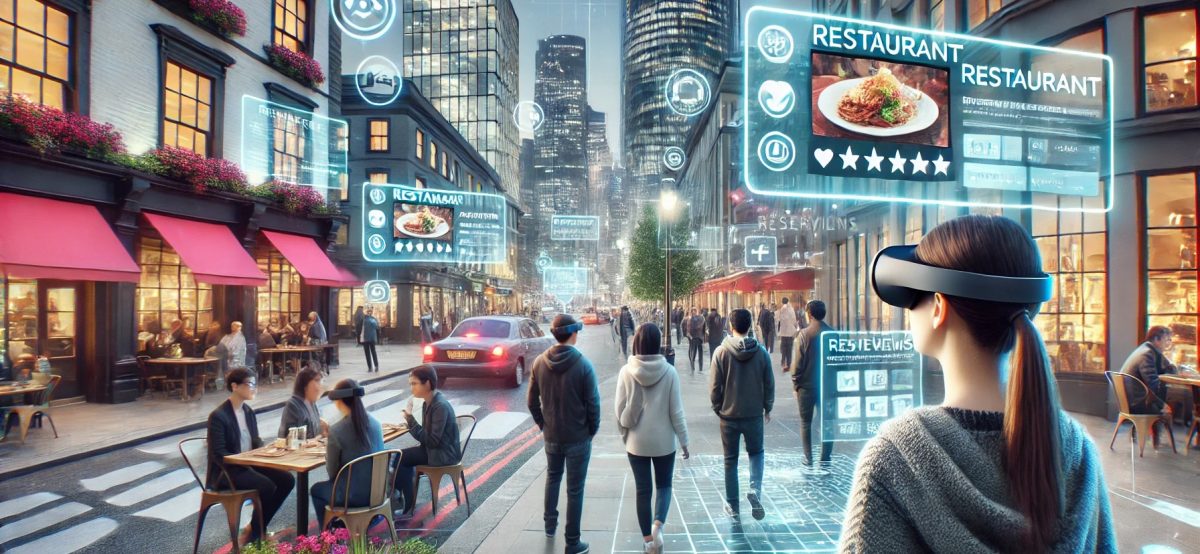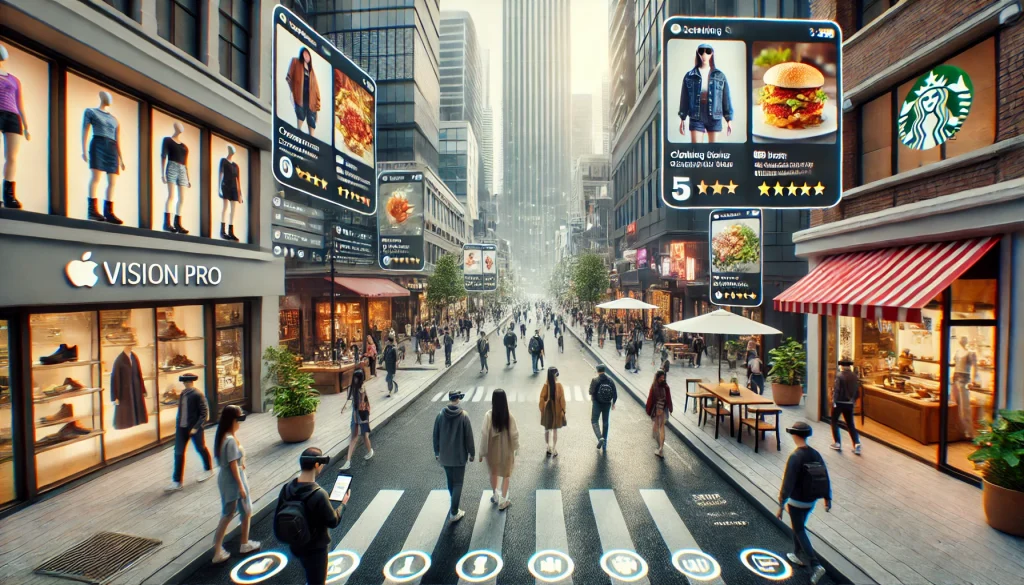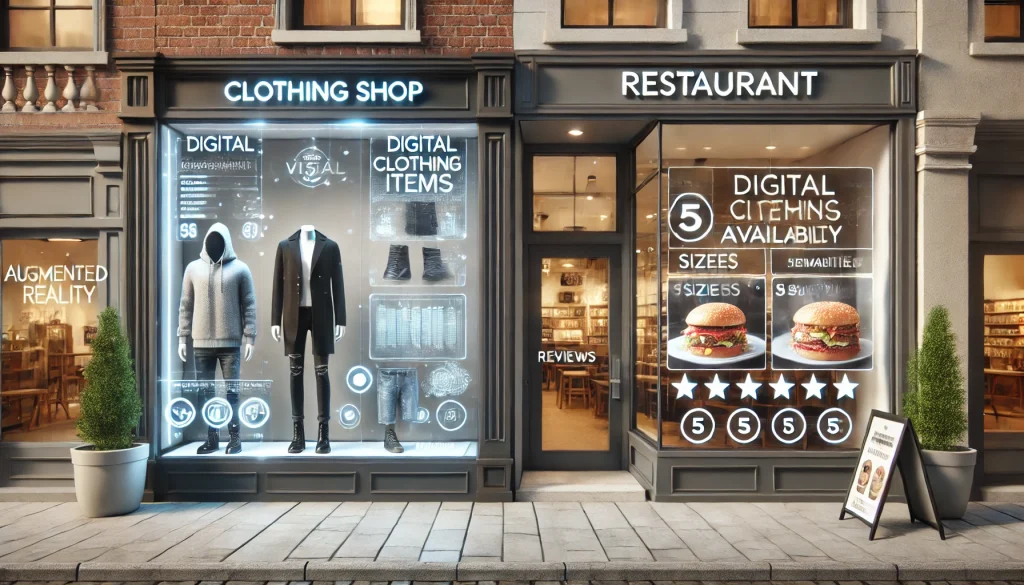I have a form of dyslexia known as Dysorthography, and AI has made my life a whole lot easier. Dysorthography is a learning difference that poses significant difficulties, particularly for someone like myself who is involved in academic writing all the time. It interferes with my ability to correctly apply spelling and grammar rules, which frequently results in spelling and grammar mistakes and makes it difficult to write cohesive sentences. This can make writing emails, motivational letters, and academic assignments very difficult.
However, AI tools have made my writing difficulties a lot easier. For instance, when writing a motivation letter or assignment, I outline my thoughts in bullet points or incomplete sentences and then use AI to develop these into a coherent and structured story. After this, I use this draft as an inspiration for writing the content myself, making sure that the final work reflects ideas and writing style. This approach not only enhances my writing but also keeps it authentically mine. After writing the content, I use AI to perform a final check for spelling and grammar. This approach enables me to produce work that meets academic standards while also making sure that the final result reflects my own work and ideas.
In conclusion, AI has become an invaluable tool for me in overcoming the challenges posed by Dysorthography. It allows me to turn my ideas into structured, cohesive writing while maintaining my personal voice and creativity. By transforming my writing process, AI has become the tool to overcome my learning disorder. With AI, my writing no longer comes across as amateurish due to spelling and grammar mistakes, and I can focus more on conveying my thoughts and arguments effectively. While Dysorthography may present difficulties, AI has made my life a lot easier by helping me overcome this.
How AI Helped me Overcome the Challenges of my Learning Disorder
14
October
2024




